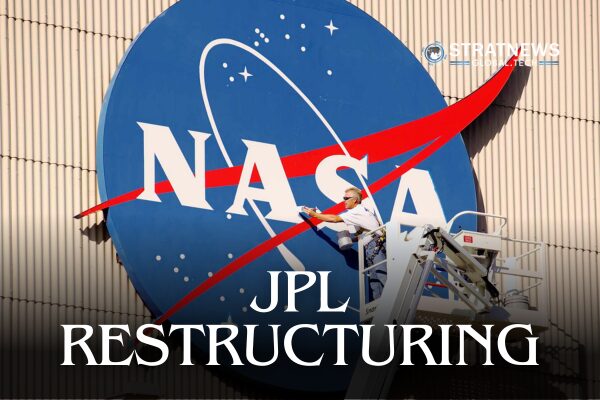NASA’s Jet Propulsion Laboratory to Lay Off 550 Employees in Major Restructuring
NASA’s Jet Propulsion Laboratory (JPL) announced on Monday (October 13) that it will cut nearly 550 jobs as part of a major organisational restructuring. The laboratory clarified that the decision is not connected to the ongoing US government shutdown.
Restructuring to Ensure Long-Term Sustainability
In a statement posted on its website, JPL said the layoffs would impact staff across technical, business, and support departments. The move is part of a wider restructuring effort that began in July. According to JPL Director Dave Gallagher, the cuts are “essential to securing JPL’s future by creating a leaner infrastructure, focusing on our core technical capabilities, maintaining fiscal discipline.”
Gallagher explained that this restructuring aims to ensure that JPL remains financially stable while continuing to deliver high-quality scientific and engineering work. Employees affected by the layoffs are expected to be notified of their employment status on Tuesday.
A Legacy of Mars Exploration
JPL, located near Pasadena, California, is NASA’s only federally funded research and development centre. The laboratory has been responsible for designing, building, and operating all five successful Mars rovers — a record that has established it as a global leader in robotic space exploration.
The 168-acre facility, set against the backdrop of the San Gabriel Mountains, employs about 5,500 workers and on-site subcontractors. Despite the workforce reduction, NASA reaffirmed JPL’s central role in future space exploration missions, including planetary research, Earth observation, and technology innovation.
Focus on Core Capabilities
JPL’s restructuring signals a shift toward concentrating on its most critical scientific and technical missions. The laboratory aims to streamline operations while retaining the expertise needed to develop advanced technologies for future projects.
NASA officials expressed confidence that JPL’s leaner structure will position it to manage future missions efficiently and continue contributing to the agency’s long-term space exploration goals.
with inputs from Reuters


